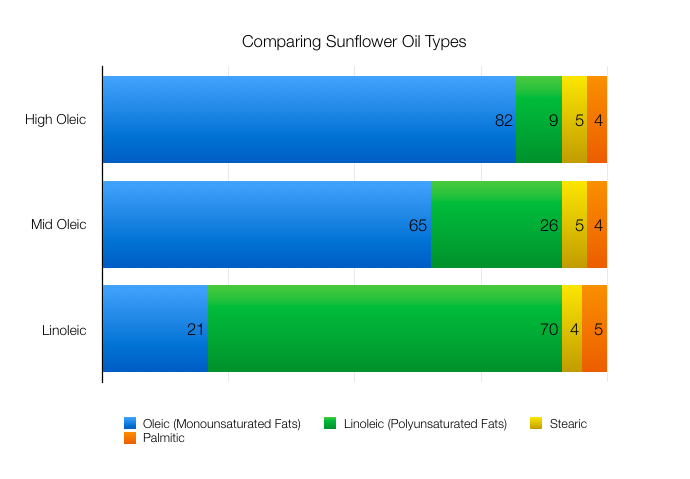An industry seal commonly found in the
natural food industry that documents that a brand or product has followed best practices to ensure non-gmo ingredients were used. The Non-GMO Project Verified seal gives shoppers the assurance that a product has completed a comprehensive third-party verification for compliance with the Non-GMO Project Standard. That standard requires ongoing testing of all at-risk ingredients, and any ingredient that is grown commercially in GMO form must be tested prior to use in a verified product. They also use an GMO threshold of 0.9%, which is in alignment with laws in the European Union, where any product containing more than 0.9% GMO must be labeled.
The natural food industry pertains to those brands and companies selling food that is natural and healthy. In the US, it typically involves those companies that sell non-gmo or organic foods. This industry is on the rise right now, and also has some cross-over with the specialty food industry.
Read More
A type of fat molecule that has one unsaturated carbon bond in the molecule, also called a double bond. Oils that contain monounsaturated fats are typically liquid at room temperature but start to turn solid when chilled. Olive oil is an example of a type of oil that contains monounsaturated fats. Monounsaturated fats can help reduce bad cholesterol levels in your blood which can lower your risk of heart disease and stroke.
Read More
An oil category (in comparison to high oleic and linoleic) that finds a middle ground between the two extreme fat make-ups. In a mid-oleic sunflower oil, for example, oleic acid accounts for roughly two-thirds of the fat content, while polyunsaturated linoleic acid comes in at roughly 25 percent, and saturated fat makes up about 9 percent. Mid-oleic oil retains high enough levels of linoleic acid to remain an excellent dietary source, but the relatively high levels of oleic acid make it less prone to rancidity and breaking down, eliminating any need for hydrogenation and the resulting trans fat.

Read More
A producer of a particular finished product; in our industry, a specific food product. A food manufacturer takes edible raw materials and transforms them into final food products that can be bought and sold.
Read More
LTL stands for Less than TruckLoad, and is a method of freight that involves sharing trucks for smaller shipments like one pallet. With an LTL shipment, multiple companies are using one shared truck to ship to multiple locations on a route. This one truck will make multiple stops to offload everything they are carrying.
Read More
A statement explaining how to decode a lot code (or unique tracking number applied to the product). This number ensures traceability of each production run, and documents the date of production, the exact lot of the ingredients used within it and other important information. This lot code is especially used for matching
COAs (Certificates of Analysis) to understand the chemical test results for that product. It is also used in the case of a food
recall.
Any of a class of organic compounds that are fatty acids or their derivatives and are insoluble in water but soluble in organic solvents. They include many natural oils, waxes, and steroids.
Read More
A category of oil, in comparison to high oleic. Linoelic oils contain higher levels of polyunsaturated fat than the healthier monounsaturated fat. Linoleic varieties of sunflower oil, for example, contain nearly 70 percent polyunsaturated linoleic acid, while another 20 percent is in monounsaturated oleic acid, and the remaining 10 to 11 percent is saturated fat. High oleic sunflower oil make up, for example, is flipped: oleic acid or monounsaturated fats make up a large portion of the oil, while polyunsaturated fats or linoleic acid make up a much smaller portion.
Read More
